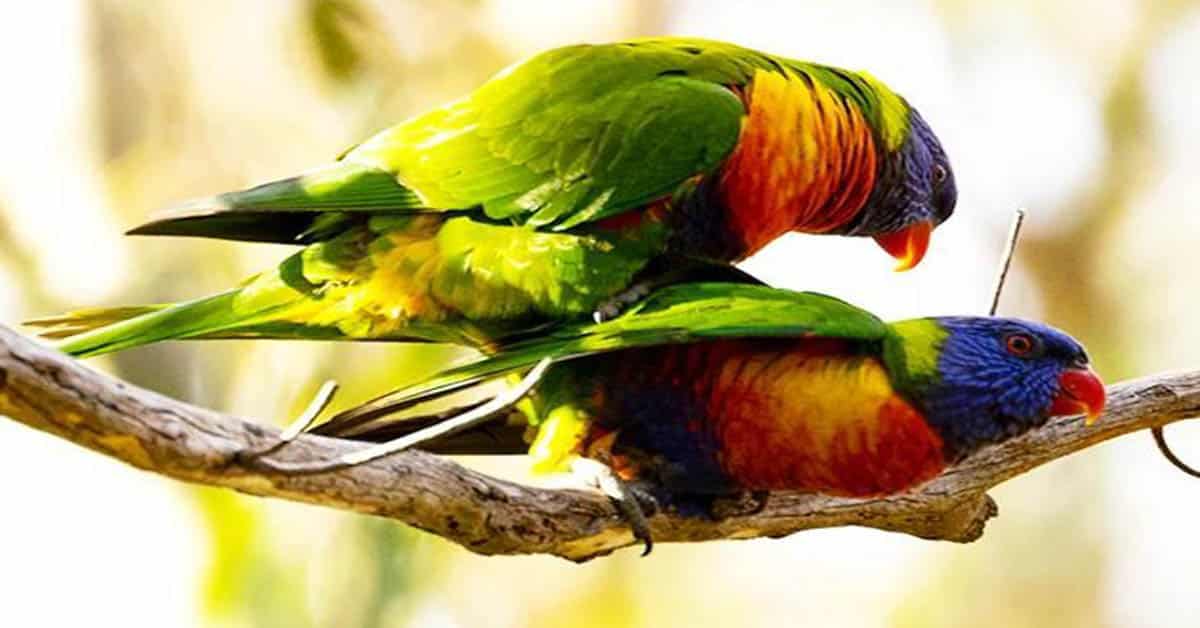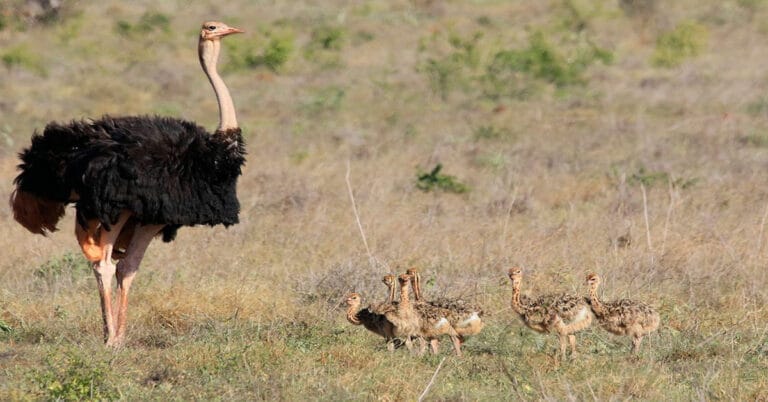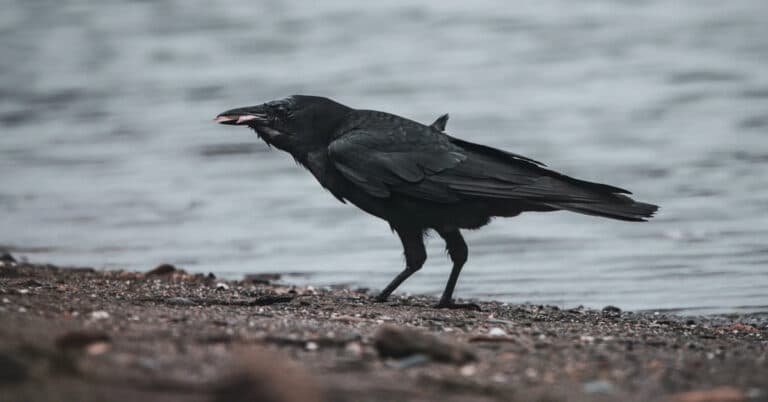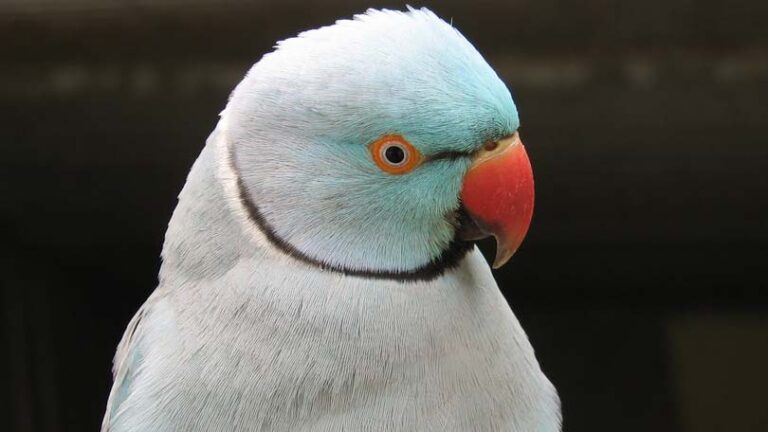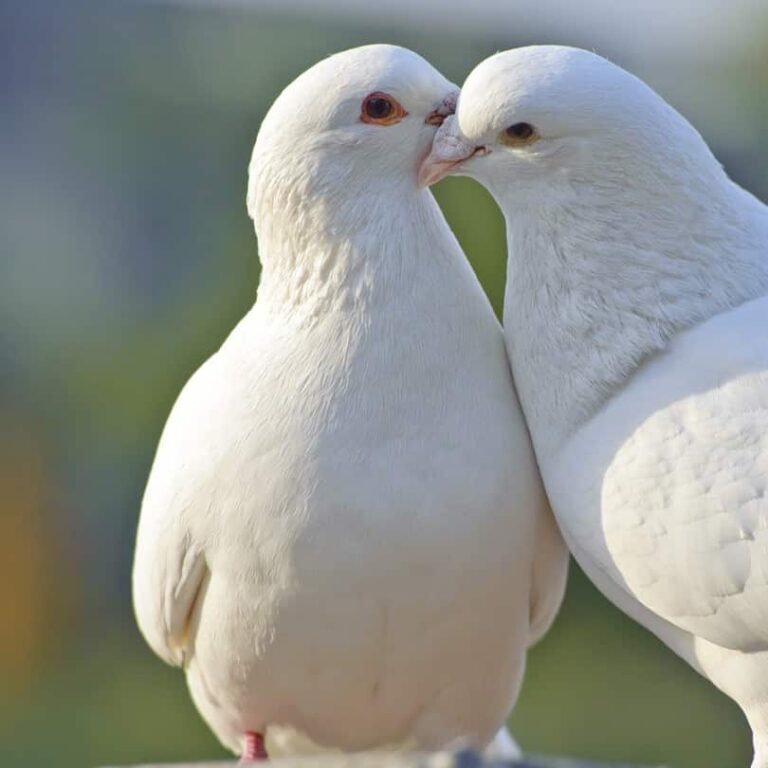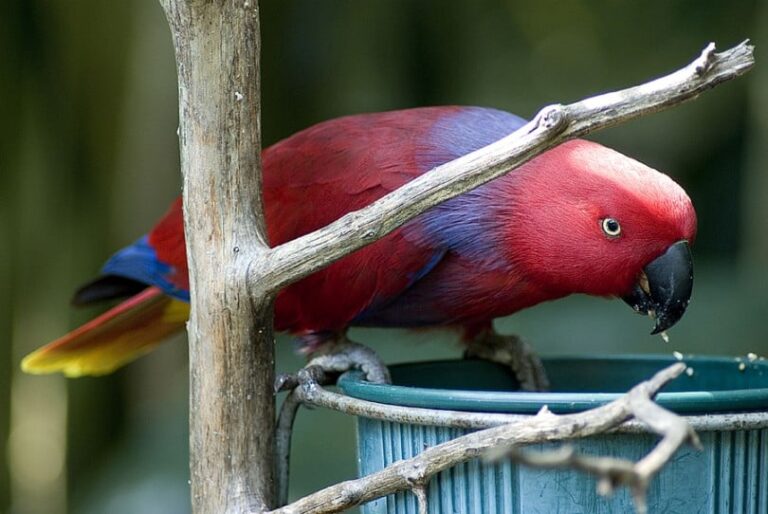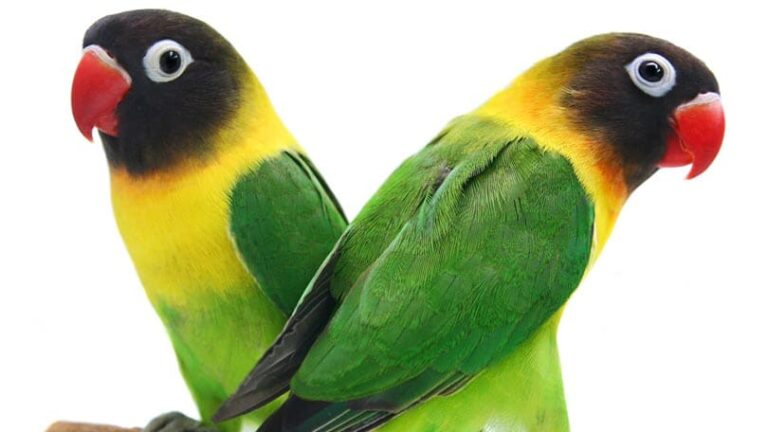How Do Birds Mate?
Birds’ reproduction ability is crucial to producing offspring, maintaining the species, and passing on their genes. In many ways, the reproduction of birds differs from that of other animals due to differences in their anatomy. Since you came across this article, you must be curious about how do birds mate. So, let’s explore the reproduction and mating habits of birds.
Mating Rituals Of Birds
Birds are well-known for their fantastic and elaborate courtship displays and rituals. For example, the male lyrebird is famed for its meticulous preparation and mad plumage, while other male hummingbirds are recognized for their aerobatic exploits and weird rituals. Many discussions on bird reproduction center on mating rituals; it’s crucial to take into account the issue of how do birds mate.
Even though the mating display itself is elaborate, well-planned, and may be the product of a very long evolutionary process. The great majority of birds simply mate briefly, the entire act taking seconds barely.
The act of mating in birds is more commonly referred to as a cloacal kiss than sex. This is because those creatures have cloacal openings instead of reproduction organs. The cloaca is an aperture that connects to the reproductive organs. About 3% of birds still have what would be considered a penis. However, it is still very different from the penis found in mammals.
Many of Darwin’s early theories of evolution were influenced by avian rituals for how do birds mate. Competition among males assists female birds in choosing the most compatible partners while also helping birds distinguish between various species.
Anatomy Of Birds
Birds do not have the same reproduction system as other creatures. Instead, they have a small opening called the cloaca, which is the main part of how do birds mate. The cloaca, Latin for “sewer,” is a single entrance connecting the urine, vaginal, and digestive systems.
A bird excretes its pee and feces from its cloaca, also utilized for copulation and mating. It often appears as a tiny, feather-covered hole close to the bird’s back. Cloaca is not only found in birds. This organ is also found in reptiles, amphibians, and elasmobranch fish such as sharks.
While bird mating displays are sometimes incredibly intricate and amazing, the sexual activity itself is typically far more practical. In other words, since fertilizing eggs is the ultimate objective of reproduction, intercourse in birds actually merely extends beyond that. In contrast to mammals, who have two anatomically distinct organs, the penis, and vagina, most birds have a cloaca that connects the digestive and reproductive organs.
The exterior appearance of cloacas belonging to males and females is almost the same. After mating season comes, the cloacas inflate and grow in size. The male rubs his cloaca on the female’s, which is how the sperm is transferred and how birds mate.
Although the organs may never contact, the male will often leap onto the female’s arched back, shifting her feathers and making the process easier. The male sperm enters the cloaca and moves toward the egg, where it should be fertilized.
How Do Birds Mate?
The process by how do birds mate can be different from other mammals. After the female chooses a specific male, the male balances on the female’s back while he mounts her from behind, she shifts her tail to the side and arches her back. Their cloacas briefly brush as he slumps down. The sperm is transferred from the male cloaca to the female during that brief contact.
The delicate balancing effort may continue for some time, allowing birds to exchange several “cloacal kisses.” This increases the chances that eggs will get fertilized. According to scientists, only 1% to 2% of the sperm that is ejaculated enters the female. Therefore, several kisses are probably required.
Birds That Does Not Have Cloaca
Even though 97% of birds have a cloaca and use it for reproduction, 3% of bird species actually have penis-like appendages, such birds are swans, geese, ducks, ostriches, and some flightless birds. The Tinamidae family birds, which are ground-dwelling, also fall on this list. So, how do birds mate when they do not have cloaca?
While penises are used for penetrating intercourse by birds that have them, there are still significant distinctions from other mammals. The most peculiar distinction may be that lymphatic fluid, not blood, causes the penises of birds to become erect. However, another difference is that this lymphatic fluid only keeps the appendages swollen for several seconds.
There is undoubtedly no convincing hypothesis explaining how this mechanism arose or why certain birds still have penises. Some claim that penises aid in the act of copulating underwater since most birds who keep their penises spend the majority of their time on the ground or in water.
Some scientists believe that the penises were uncomfortable during flight, and so they disappeared through evolution. However, the fact that ducks, swans, and geese fly and migrate goes against this belief. Similar to penises, which may be uncomfortable in flight but make little sense given that certain ducks, swans, and geese are excellent migrators.
Bird’s Courtship
A couple of birds may spend far more time courting than actually copulating. Courting is a major part of the process of how do birds mate. From initially asserting territory to actively courting a potential mate, courtship behavior can take many forms, including gorgeous plumage, amazing flights, complicated songs, and dances.
During this phase, a male bird displays his physical prowess and power to persuade a female. Females have to choose carefully because males must be an ideal match for them and help them produce the healthiest, strongest babies with the greatest chance of surviving.
Birds employ a wide variety of methods to entice mates. These ceremonies or presentations often consist of three parts. The activities include dancing and singing. And the third main factor in matchmaking is the bird’s plumage.
Males of many bird species make vocalizations in an effort to entice a partner. Males compete with one another while singing, announcing their presence while also trying to outdo one another. Some birds even attempt to interrupt one another in the middle of a song to insert their own competition. These competing tendencies probably contribute to the complexity of bird songs.
Male Papua New Guinean birds-of-paradise dance and prattle around the female to win her over while sporting some of the oddest, most varied, and most colorful feathers and plumage.
To impress a possible mate, falcons perform risky aerial pursuits while flying acrobatically at great speeds. They dive, ascend, twist, and twirl. The same is true with hummingbirds, which display their machismo by darting about at rapid speeds while flying quite close to neighboring land. The Lyrebird has an extremely elaborate courtship ritual that includes song, dancing, and a bizarre exhibition of its amazing plumage atop a specially constructed mound.
Speaking of how do birds mate, peacocks are also worth mentioning. Their incredibly bizarre (sometimes awkward) plumage has developed almost exclusively to lure a partner.
The mating display of the bowerbird is a very strange, or nearly supernatural presentation ever seen. The Bowerbird is an expert builder that builds an intricate edifice for its partner that is embellished with carefully selected stones, flowers, ornaments, and even plastic.
Gestation Period In Birds
Mammalian-style pregnancy is not possible in birds. The female needs a male to fertilize her eggs during the breeding season when she is ready to lay them. After fertilization happens, the egg typically is laid after 24 or 48 hours. Even though the eggs are already fertilized at this point, very little internal development has occurred.
Only after the egg has been deposited, during the incubation phase, does the embryo start to develop. The fertilized embryo will rapidly develop during the course of the incubation time, effectively developing from a collection of cells located in the liquid into a young bird or chick. Once the incubation period ends, the chicks are born.
What To Do If You See How Do Birds Mate
Keep your distance if you see how do birds mate. If you get too close, you can startle the birds and make them flee, which might ruin their courting or damage the relationship between the two of them. If the pair separates too soon, it might be impossible to raise a brood or carry out a successful mating.
The birds may abandon their carefully established territory if they are badly disturbed in order to move to a less favorable location. Those new locations may not satisfy all the survival requirements of their hatchlings.
The birds may stay close by to build their nest and care for their young after mating. Birdwatchers may have a rare opportunity to view a developing bird family in this situation, but it is still advisable to use caution and avoid the nest to protect the young birds.
Bottom Line – How Do Birds Mate?
In this article, we explored how do birds mate. In general, birds mate like that of other animals. The male finds the female and goes from behind as she crouches with her back arched.
The distinction is that during intercourse in birds, there is typically no real penetration. 97% of birds have cloacas, and only 3% have penis-like appendages instead. The male and female organs briefly brush against one another, and that is how do birds mate.

Nato is a content writer and researcher with a background in psychology who’s eager to explore the wonders of nature. As a travel enthusiast and animal lover, she hopes to inspire others to discover and cherish the beauty and importance of the natural world.

